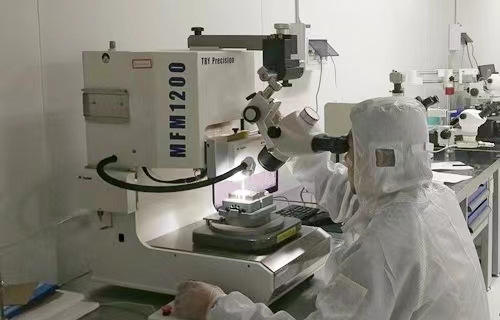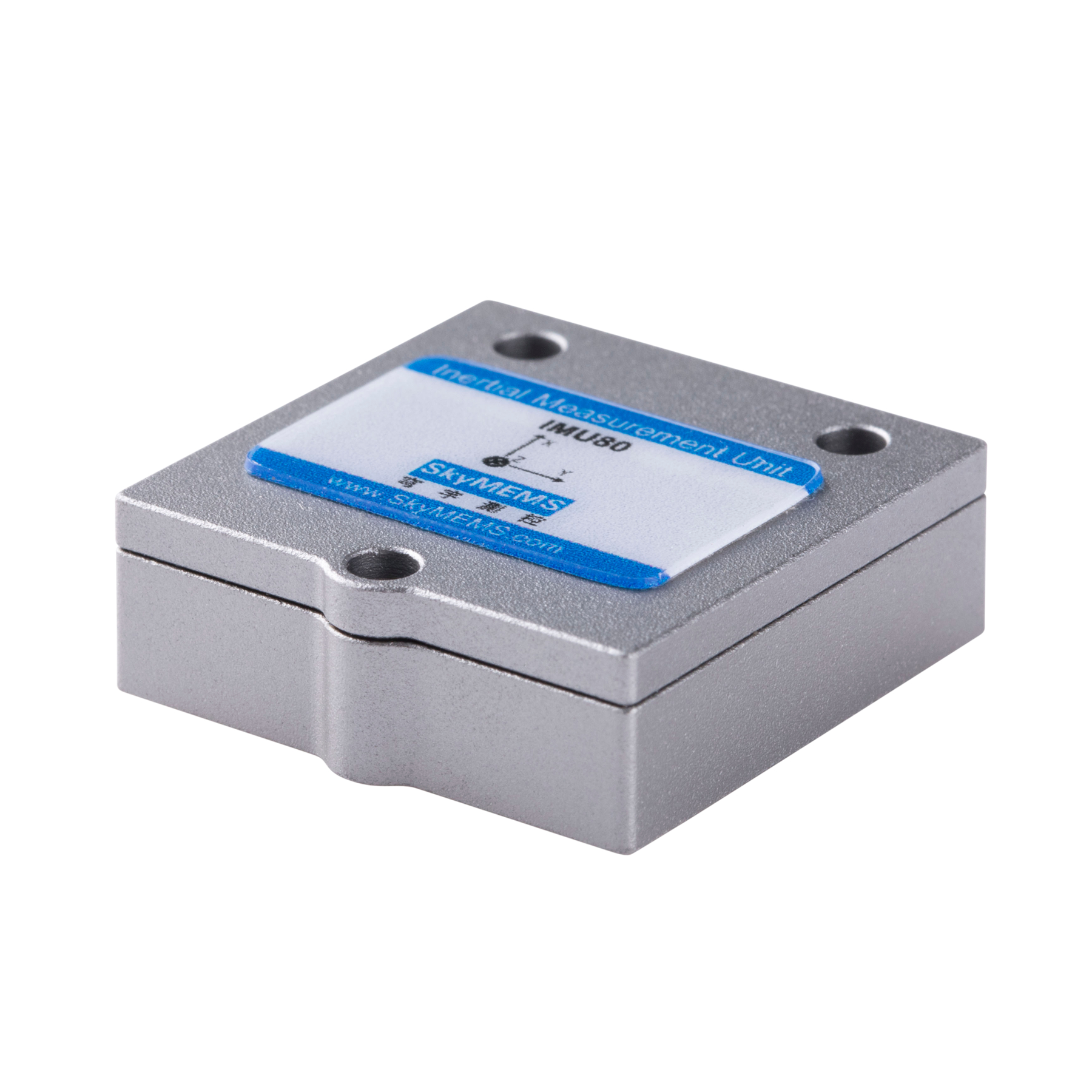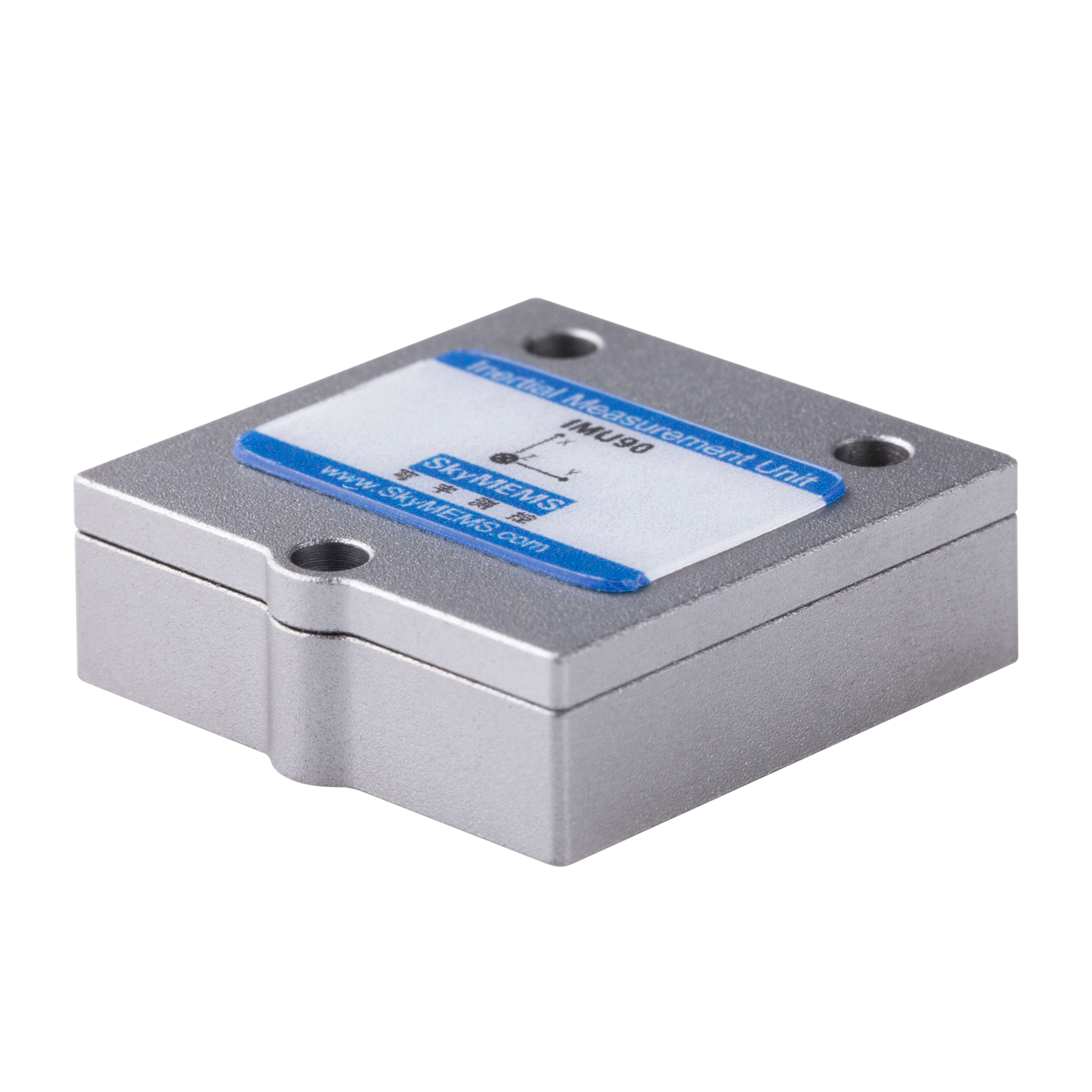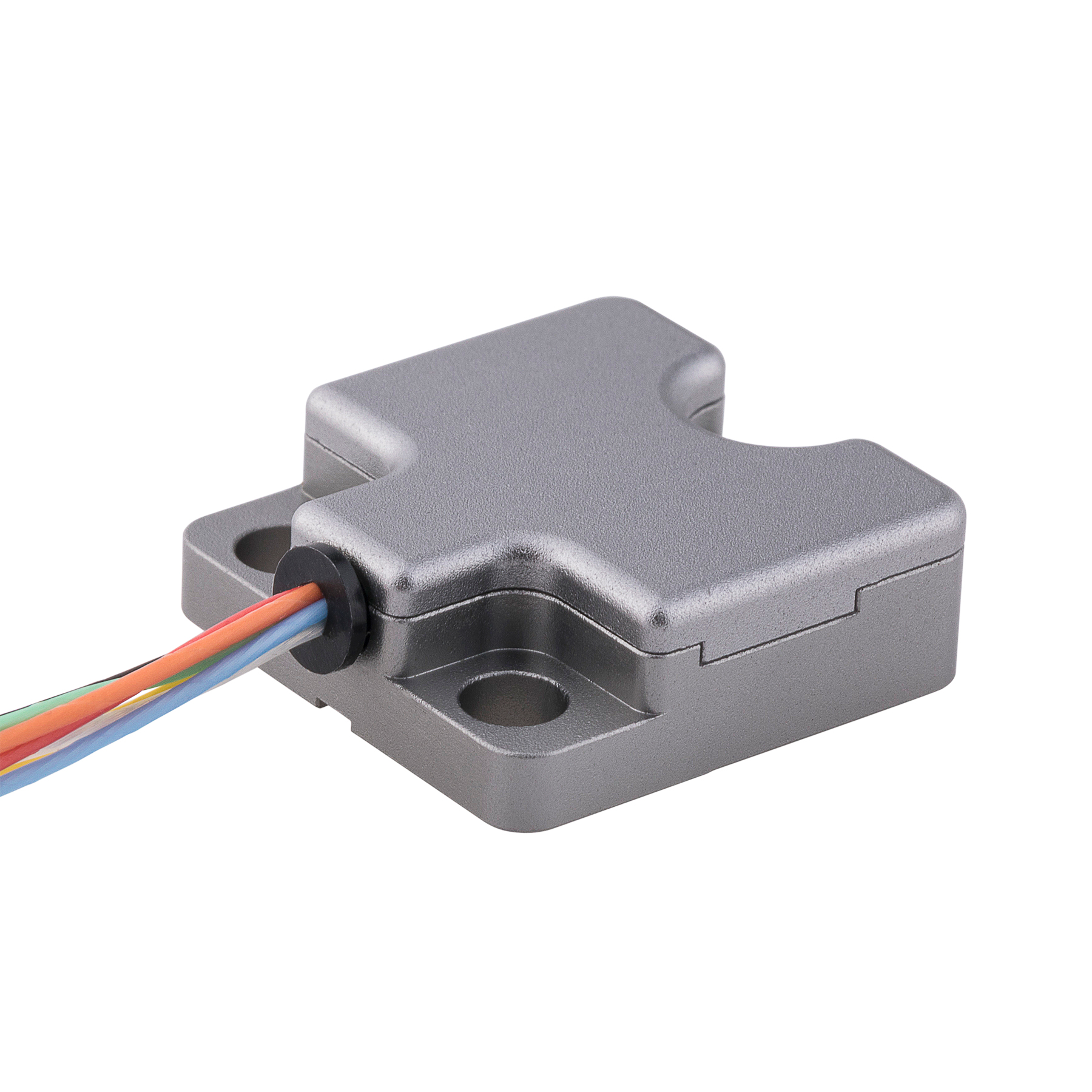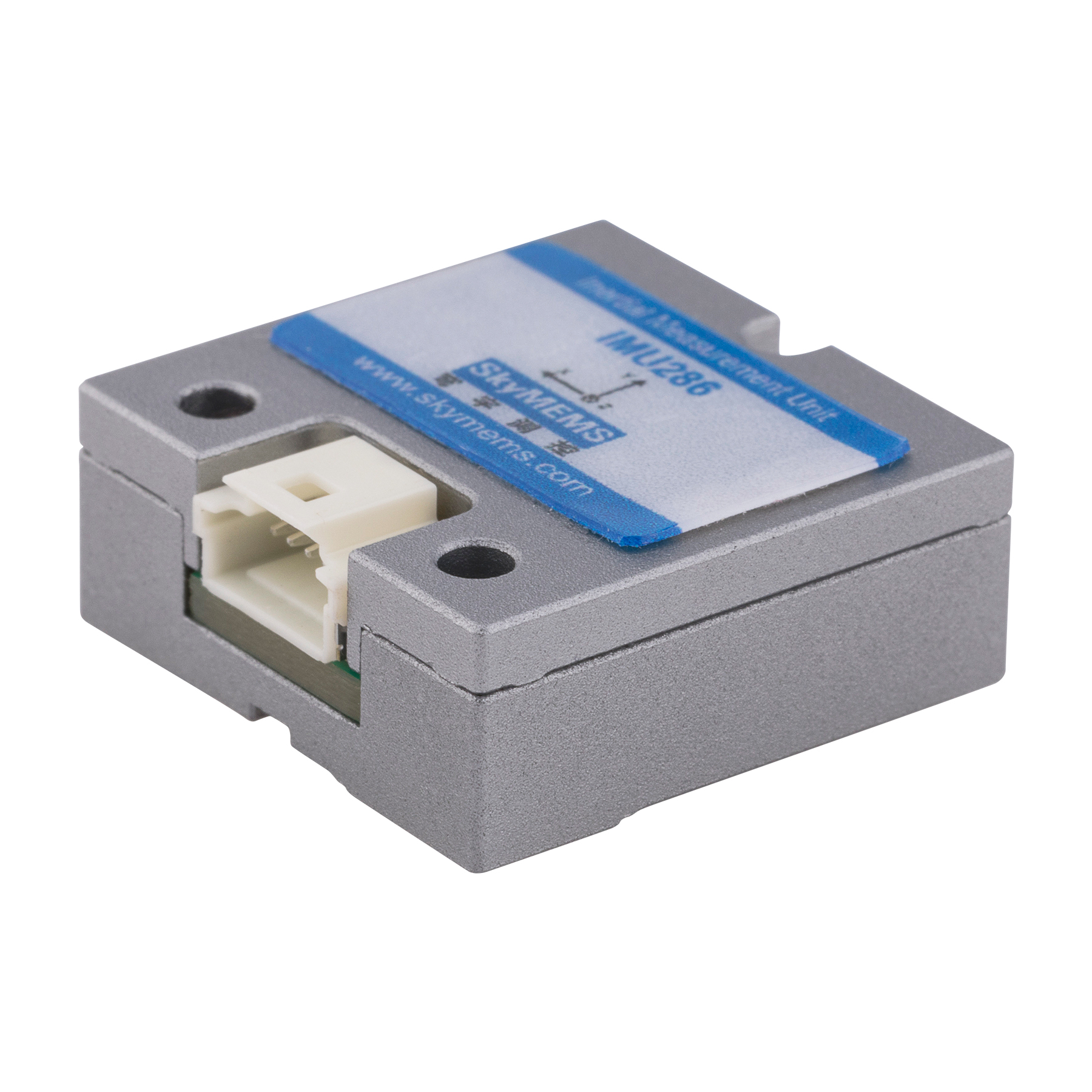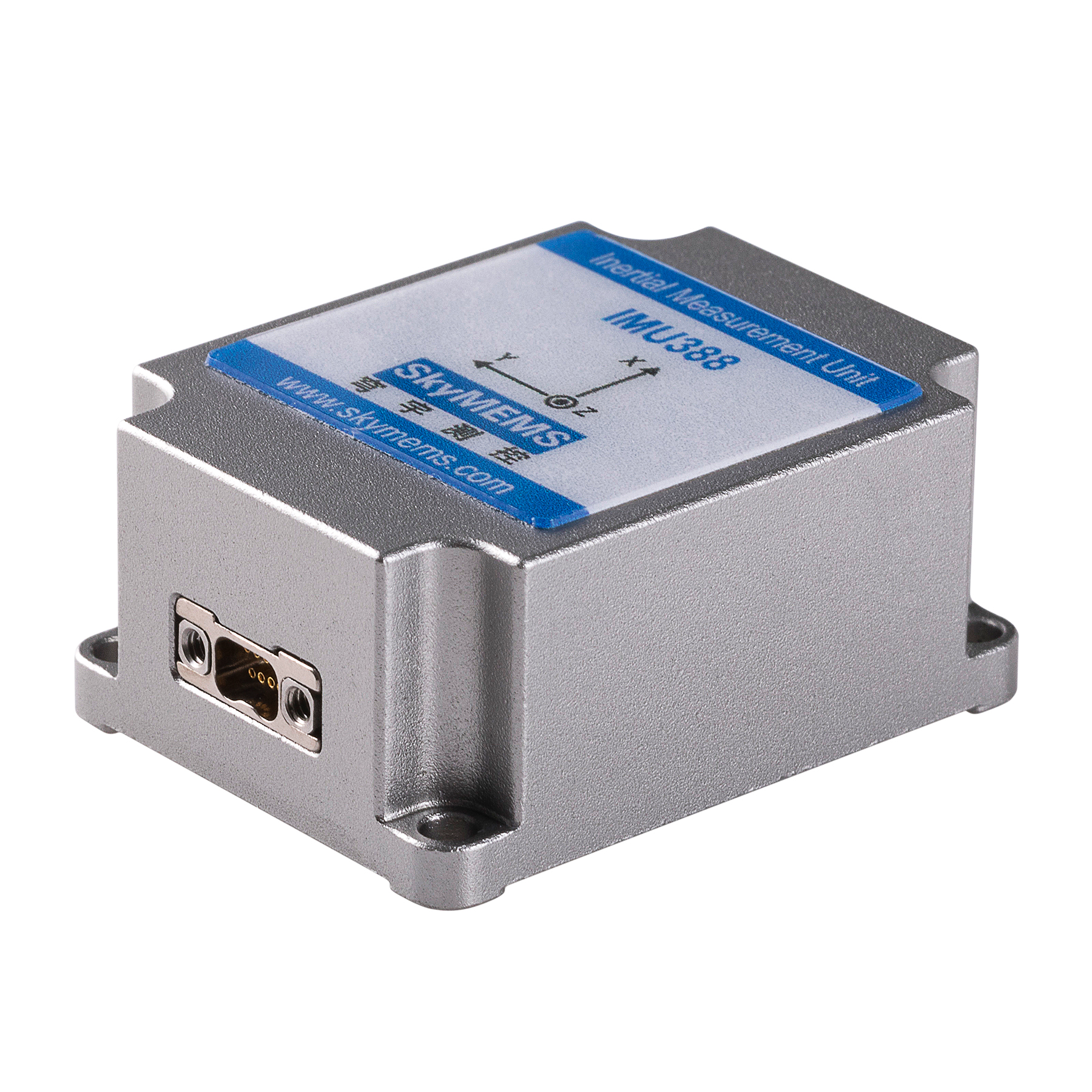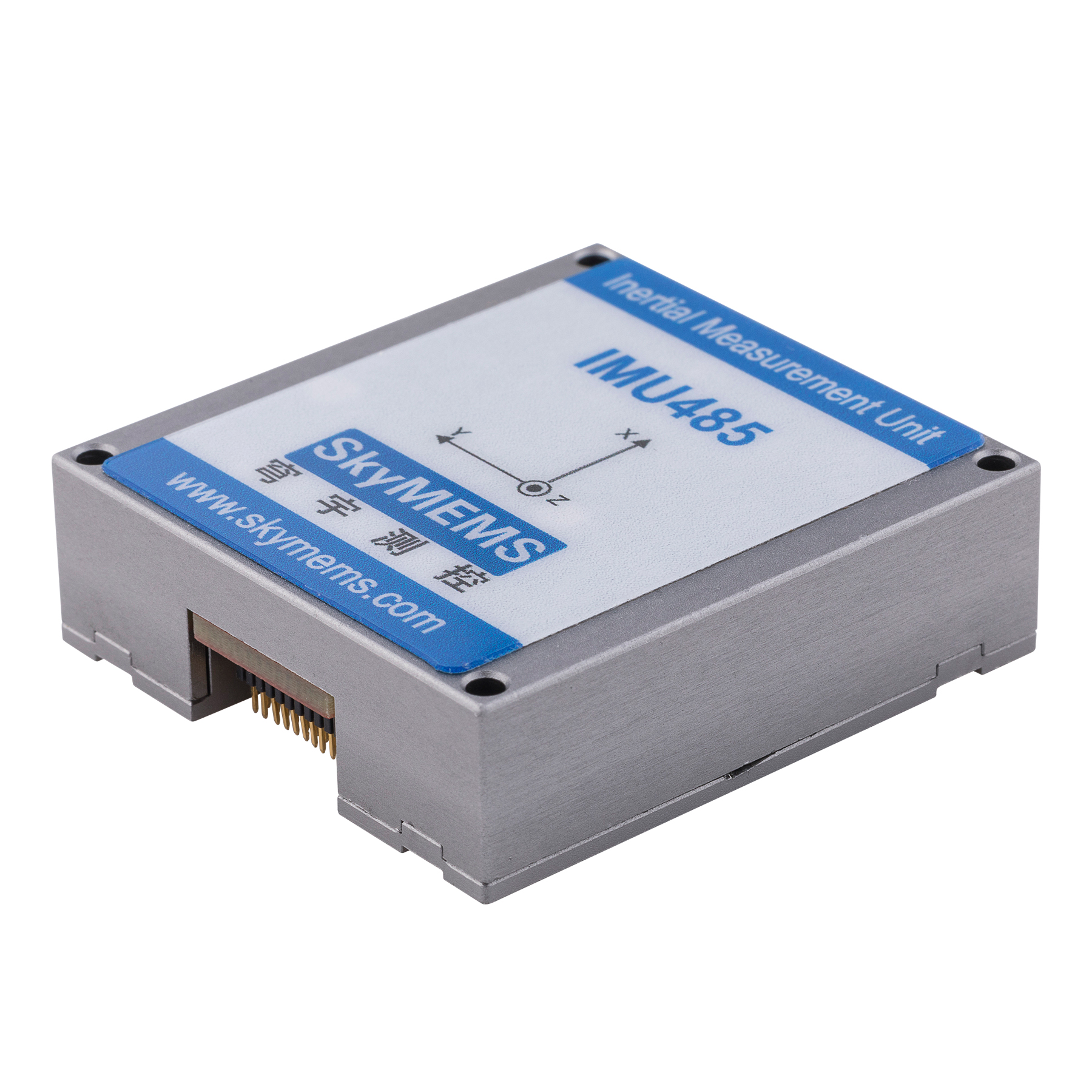Introduction
Orientation. Stability. Safety. Across countless automation systems, achieving these deceptively simple capabilities often hinges on knowing precise tilt angles in dynamic, chaotic environments. Whether stabilizing an aerial camera gimbal buffeted by winds, correcting a mining drill’s tilt on rugged slopes, or preventing catastrophic rollover of a telehandler working at height, dual axis tilt sensors empower transformative orientation control. Tilt measurement is critical across robotics, automation, construction equipment, and other fields. Dual axis tilt sensors deliver high resolution inclination sensing with durability, precision, and flexibility ideal for demanding tilt monitoring applications. This guide will cover how these remarkable instruments empower applications from precision machinery to autonomous vehicle navigation. But first, pause to appreciate the long path from academic research to ubiquitously available technology that makes the impossible, possible.
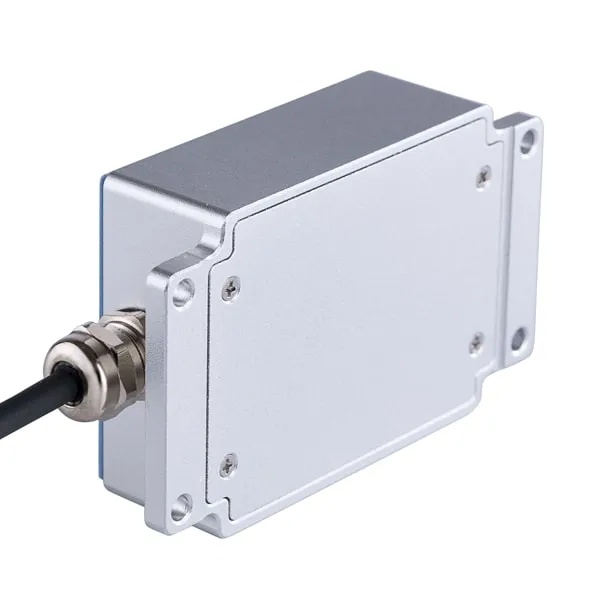
How Dual Axis Tilt Sensors Work
Dual axis tilt sensors utilize two internal MEMS accelerometers oriented perpendicularly to monitor tilt along two axes. Advanced micro-electro-mechanical sensing elements detect minuscule changes in tilt angle by measuring the precise direction of gravitational force. State-of-the-art thermal compensation provides excellent angle measurement stability.
The integrated electronics output calibrated, temperature-compensated angle data digitally via interfaces like I2C, RS-232, and CAN Bus. The two-axis measurement provides complete tilt orientation data while eliminating dual single-axis sensor complexity.
Characteristics
The Essential Guide to Dual Axis Tilt Sensors
Tilt sensors play an indispensable role in monitoring orientation for automated platforms that undergo motion, vibration, and positioning in dynamic real-world environments. Dual axis tilt sensors uniquely provide complete 2-axis tilt measurements in a single integrated package, simplifying inclusion for pan and tilt monitoring.
Sensing Principles and Architecture
Dual axis tilt sensors leverage ultra-precise microelectromechanical system (MEMS) accelerometer elements to detect tilt angles in two perpendicular axes. Each accelerometer contains a tiny proof mass suspended on springs. As the tilt angle changes relative to gravity, the induced displacement of the proof mass is measured capacitively to identify the inclination angle. The two orthogonally placed sensing elements then provide the full tilt orientation.
Advanced temperature compensation techniques enhance measurement accuracy by counteracting thermal drift effects. The integrated on-board electronics convert the raw MEMS sensor outputs into calibrated, temperature-corrected digital tilt data. This enables easy integration into control systems without external processing required.
Key Performance Parameters and Options
Measurement Range: Standard dual axis tilt sensors span a robust ±90 degree measurement range in both axes, suitable for monitoring full object tilt. Lower range options like ±45° are available for high-precision applications that do not require large tilt angles.
Resolution: Leading-edge designs provide better than 0.1° tilt resolution for discerning small angle variations critical in precision positioning tasks. Some variants reach ultra-precise 0.01° resolution for nano-positioning.
Bandwidth: Up to 100Hz bandwidth or higher enables monitoring dynamic tilt transients and vibration analysis. Lower bandwidths around 30Hz meet basic inclination monitoring needs.
Noise Density: State-of-the-art thermal compensation minimizes drift while low-noise MEMS elements enable sub-1°/hr bias stability, critical for angle reference stability over time.
Interfaces: Digital interfaces like I2C, RS-232, CAN Bus, and USB simplify system connectivity. Analog options are also available. Industrial protocol support includes Modbus, Ethernet/IP, PROFIBUS, and EtherCAT.
Packaging: Robust sealing protects against dust, splashes, and corrosive elements. Small footprints suit confined platform spaces. Thermal isolation optimizes temperature stability.
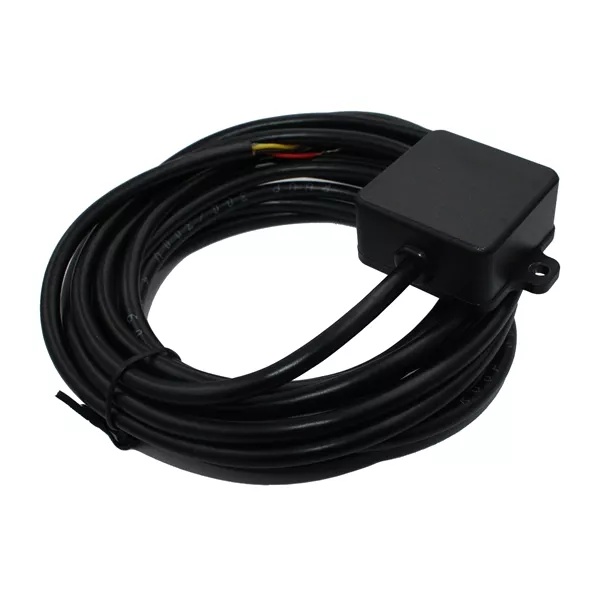
Key Application Areas
Precision Angle Positioning and Servo Control: The high resolution and bandwidth provided by dual axis tilt sensors make them ideal feedback elements in servo systems. The tilt angle data enables close-loop control for precision rotational positioning of robot arms, gimbal platforms, antenna pointing stages, solar tracking mounts, and other actuators that need precise angular placement.
Stabilization and Vibration Damping: On inherently unstable vehicles and equipment like boats, heavy machinery, construction lifts, and mining platforms, the tilt sensors measure inclination angles in real-time for automated leveling. Active control systems counteract the measured tilt to stabilize and damp vibrations, preventing dangerous operating conditions.
Rollover Avoidance: For platforms at risk of catastrophic rollovers like aerial lifts, forklifts, mining trucks, and cranes, dual axis tilt sensors play a crucial safety role. By detecting excessive tilt angles, automatic or operator-alerted systems can engage to avoid rollovers through countermeasures like outriggers and active stabilization. Redundant sensor architectures bolster reliability.
Navigation and Guidance Aiding: The acceleration outputs combined with tilt orientation can augment inertial measurement systems for refined position estimation. Vehicles from autonomous robots to agricultural equipment can fuse tilt data with GPS inputs to enhance odometry and navigation precision, especially for grading and slope operation.
Monitoring and System Diagnostics: The MEMS accelerometer elements provide low-frequency vibration spectra ideal for equipment health monitoring and diagnostics. Small bearing defects, gearbox issues, structure resonances, and balance conditions can be analyzed from vibration angles. Slow-speed monitoring complements high-frequency vibration probes.
In summary, dual axis tilt sensors provide indispensable and multifaceted tilt orientation capabilities. Their precision, bandwidth, ruggedness, and interface flexibility make them integral for motion-sensitive automation and vehicles. Contact our engineering team to leverage these remarkable MEMS inclinometers!
Key Applications and Usage
Leveling and Inclination Monitoring
- Precision leveling of stages, instruments, manufacturing equipment
- Monitoring inclination angle of booms, masts, lifting platforms
- Alignment feedback for positioning systems
Dynamic Tilt Compensation
- Offsetting changing tilt in moving vehicles and machinery
- Stabilizing platforms subject to motion and terrain dynamics
- Maintaining orientation of robot arms, carriers, mobile robots
Rollover Avoidance
- Detecting dangerous tilt conditions in lifts, cranes, trucks
- Triggering righting mechanisms or user alerts to avoid rollover
- Enabling inherently stable control of tall, narrow vehicles
Vibration Monitoring and Control
- Tracking low frequency vibration angles for active damping
- Monitoring large machinery bearing vibration and health
- Closed-loop feedback for vibration suppression systems
Guidance and Navigation Aids
- Tilt-aided heading and position estimation for vehicles
- Orientation reference and correction for autonomous robots
- Augmenting IMU and GPS data for precise navigation
Angle Measurement and Control
- Precise angular positioning for rotary stages, gimbals, solar panels
- Closed-loop feedback on angle for robotic actuators and joints
- Verifying and calibrating angle measurement systems
Implementation Best Practices
- Utilize calibrated digital output for highest accuracy.
- Ensure stable, vibration-free mounting for reliable data.
- Design adequate motion range to avoid exceeding maximum tilt angle.
- Account for temperature fluctuation effects in mounting location.
- Consider redundant sensors for critical instability detection.
- Characterize noise floors and bandwidths needed for regulation use.
Get started today with dual axis tilt sensing to enhance automation, avoid dangerous operating conditions, improve positioning precision, and stabilize dynamic motion. Equip your next robot, vehicle, platform, or instrument with reliable, adaptable MEMS tilt measurement.
Summary
Dual axis tilt sensors represent a pivotal enabling technology for automation, vehicles, and instrumentation that undergo complex dynamic motion profiles. By providing precision 2-axis tilt measurements in a single self-contained package, they simplify and enhance orientation monitoring and control for pan-tilt positioning stages, unstable platforms, navigation aids, and critical safety systems.
Advanced MEMS accelerometer elements detect minute angle changes relative to gravity with sub-1° resolution, fast response, and multi-axis measurements critical for stabilization, vibration damping, rollover prevention, and high-precision angular control tasks. Integrated onboard thermal compensation and calibrated digital outputs ensure reliable accuracy under temperature swings and simplify integration compared to raw analog sensors.
With their rugged sealed packaging, dual tilt sensors withstand dirt, splashes, shock, and vibration that could destroy more fragile angle measurement solutions. Compact form factors take up minimal space in crowded system internals. Industrial digital communication protocols provide robust interference-proof interfacing.
Dual axis tilt sensors have progressed from specialized labs and aerospace applications to become indispensable orientation monitoring modules suitable for countless mainstream automation systems. Continued manufacturing improvements are driving costs down, enabling incorporation into cost-sensitive platforms like agricultural machinery, construction vehicles, and consumer drones. The technology offers ideal performance-to-price ratios.
Application spaces as diverse as marine vessels, driverless cars,stabilized camera gimbals, and robotic arms leverage dual axis tilt sensing. Civil engineering equipment depends on the sensors to enable safe operation on precarious slopes and terrain. Precision alignment and leveling tasks harness their high-resolution measurements. Even virtual and augmented reality headsets utilize MEMS tilt sensing for orientation tracking.
Looking forward, smart high-speed stabilization, dynamic machine balancing, advanced navigation aids, failsafe rollover detection, and even more proficient robotic control will increasingly depend on robust, precise dual axis tilt data. Support for emerging interfaces like USB and Bluetooth will facilitate plug-and-play smart sensor integration. With so many growth vectors, dual axis tilt sensors have firmly entrenched themselves as a standard building block for motion-centric systems.
In summary, dual axis tilt sensor technology empowers unprecedented orientation control, safety, and operating dexterity across automation applications in motion-rich environments. Backed by decades of field proven performance and an array of tailored options, dual axis tilt sensors are ready to take on your most discerning angle measurement challenges!
Please let me know if you would like me to expand on any application or provide additional details on using dual axis tilt sensors. I can also demonstrate integration practices, data interfaces, algorithm usage examples, or other technical implementation topics related to these versatile inclination sensors. Thank you for the opportunity to showcase my technical writing abilities.

